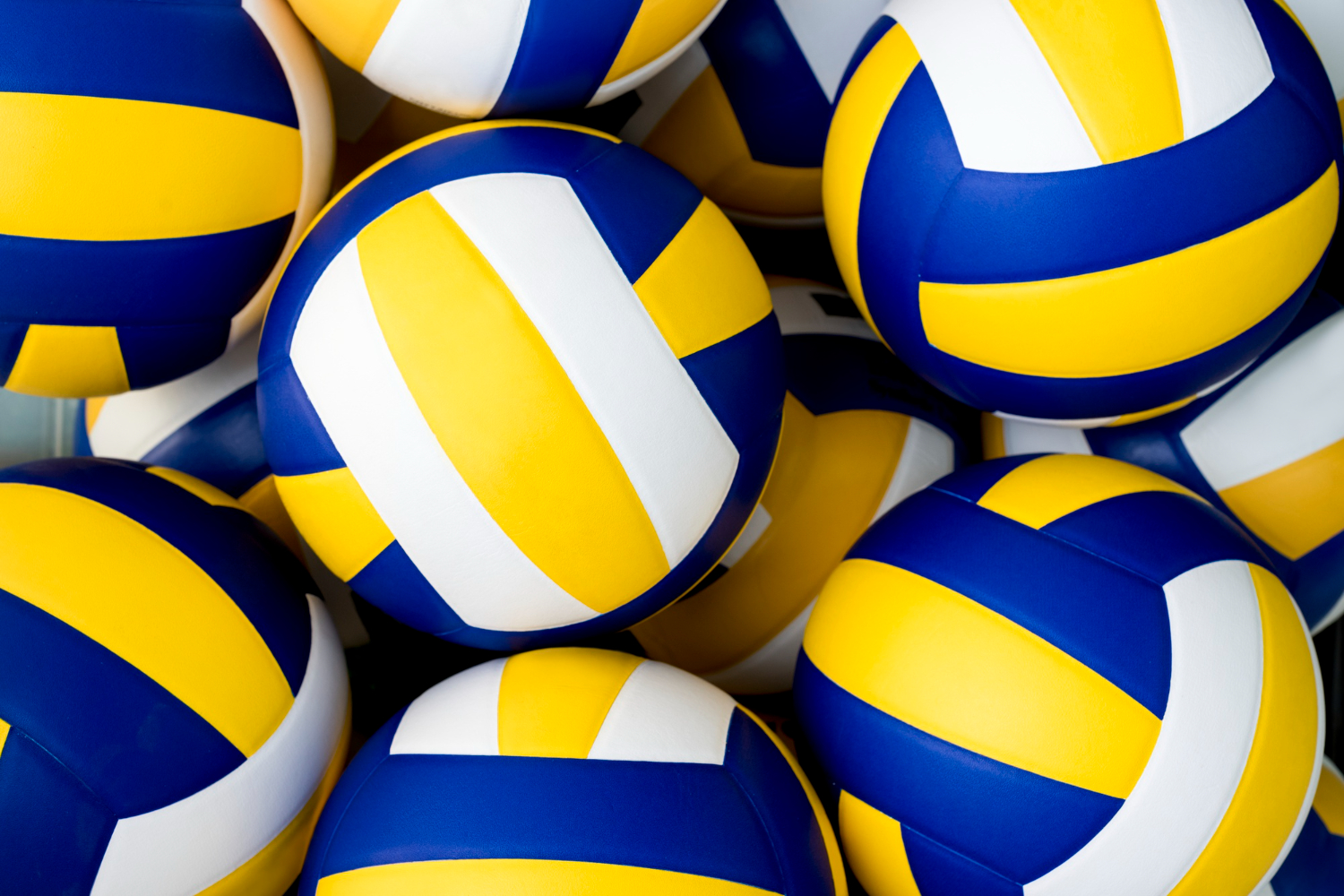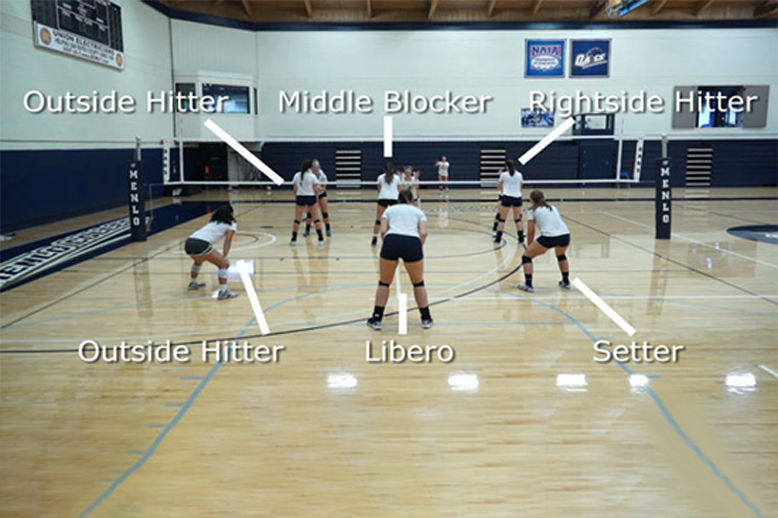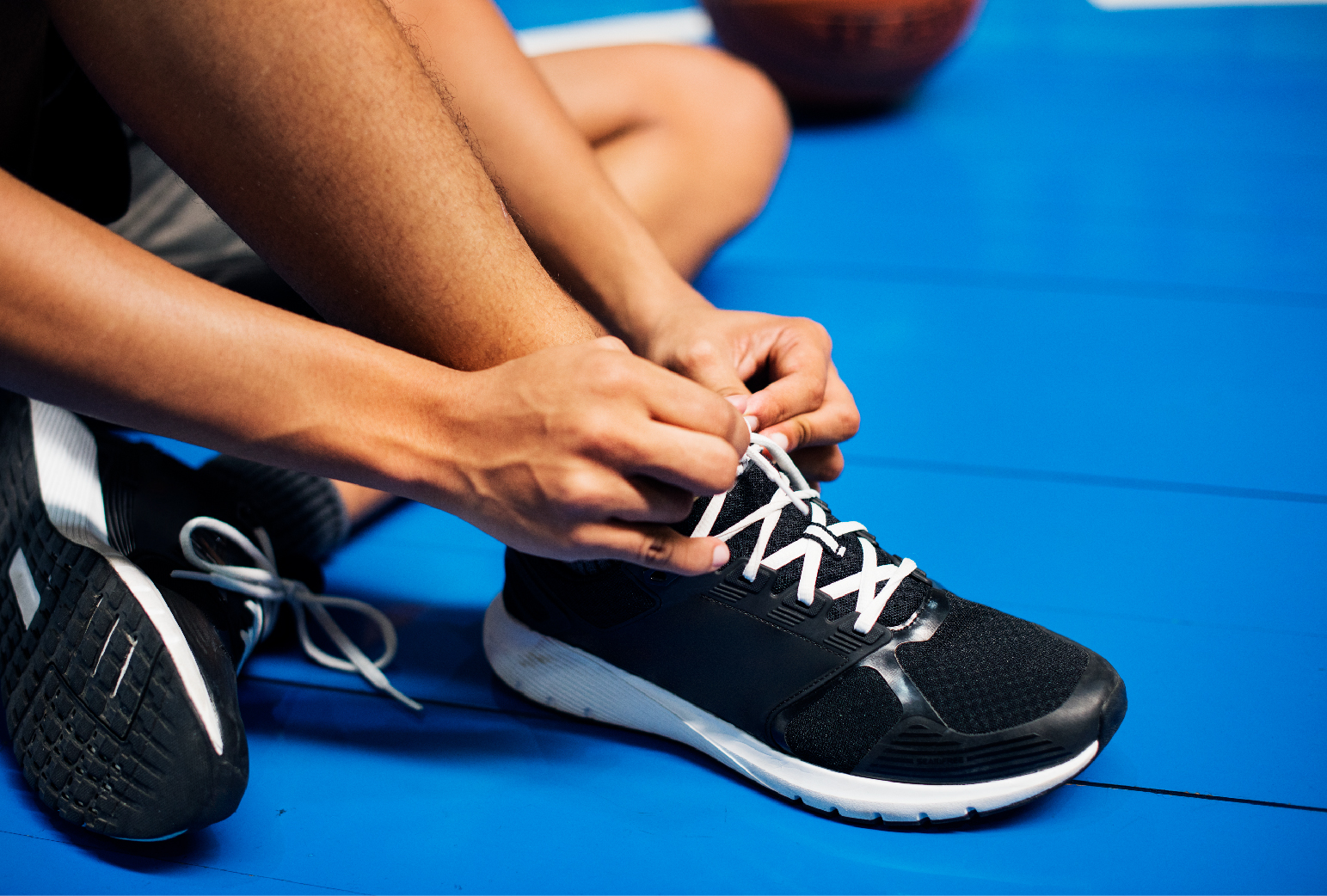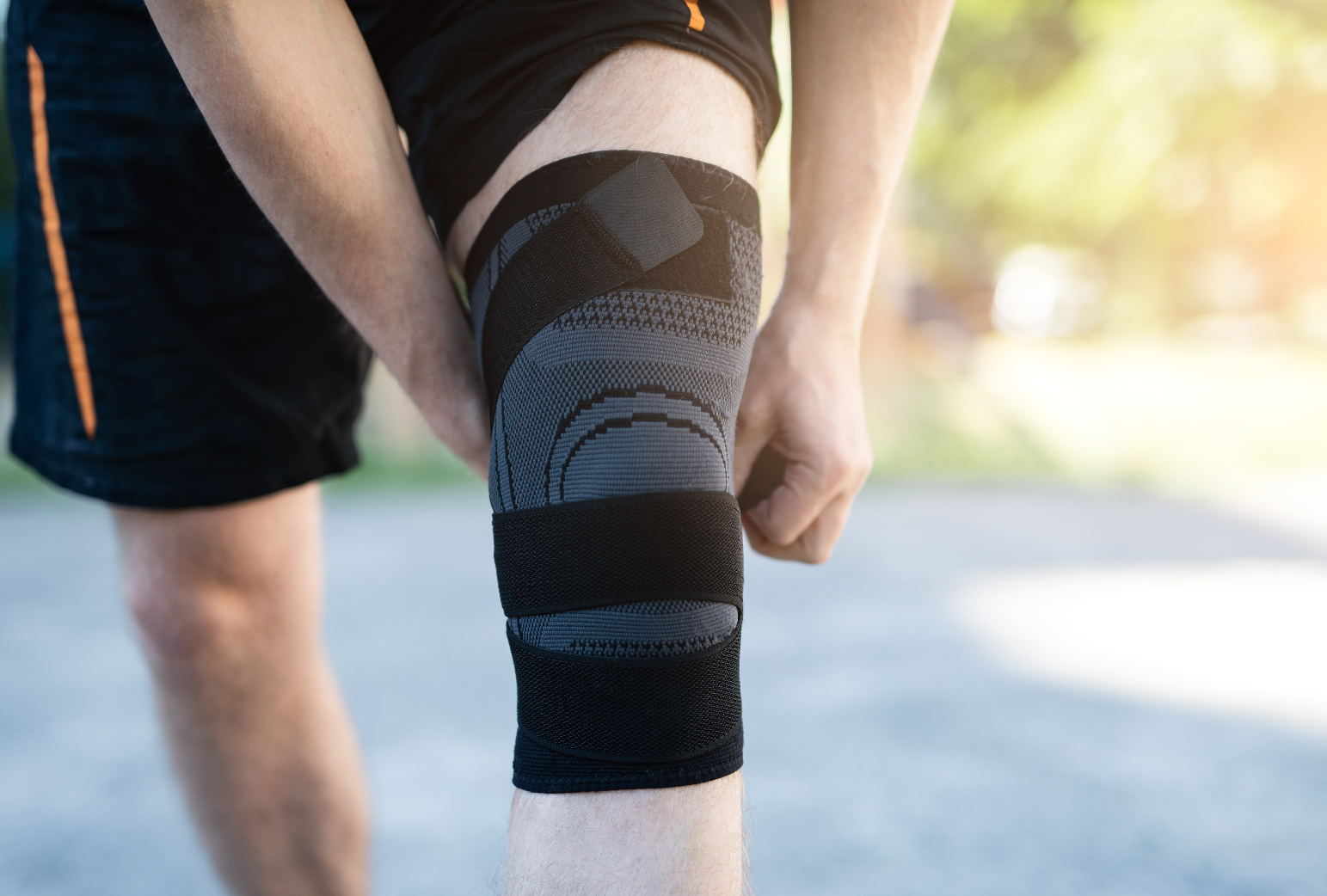Have you ever been stuck finding the hardest position in volleyball? Alright, it is the usual concern of all volleyball players who love to be sharp in different volleyball positions. To be frequent with you, let me tell you – you are not alone standing stuck for this question; but now, we are going to figure out this old age question!
The difficulty of every position in volleyball comes in depending on the personal skill set of the player. Overall, volleyball needs precision and activeness in moves but some positions are really difficult to tackle with – let’s jump in!
Different volleyball players experience different sets of challenges and hardest positions accordingly. But in a recent case study and group interview of different volleyball players was enough to provide a set hardest position in volleyball. Stay here and see what makes each one tick!
See, the setter is standing in the hardest position in volleyball. No doubt it’s the brain of the team because it needs instant and precise actions. Are you confused about why the setter is? Well, it’s the mastermind behind the succeeding game while making a perfect move in a split second. See, it’s all about sending the ball in the best way for the perfect outcome. Making the perfect move for the game, even under pressure as well as making it arguable, is the hardest position in volleyball. The level of difficulty also depends on the skill set and varies from player to player.
Next up, outside hitters. Does the outside hitter’s need to balance offensive power and defensive reliability make it the toughest? Consider this – outside hitters are expected to be jacks-of-all-trades. They need to deliver powerful spikes to score points and immediately switch gears to play solid defense.
Here is the thing: When it comes to positions for outside hitters, they are everywhere on the court. They are the team’s safety net and can hit from the back row and front row as well. Their ability to maintain stamina throughout the match, highlights the immense difficulty of this position. And the best part is that the outside hitter must have to be versatile and resilient on the court to make sharp moves and angled spikes to leave the opponent defense confused.
Now, let’s talk about the liberos. Are you thinking that the libero’s role is to focus solely on defense? Well, liberos are the foundation of the team’s defense, not only responsible for receiving serves and digging attacks but also ensuring that the ball stays in play during intense rallies.
Being libero demands quick flexes, agility and a deep understanding of the game. Despite doing the toughest job in volleyball ,they are still unhonoured and not always get what they deserve. But never forget without liberos your team defense would crumble.
Let’s not forget the middle blockers. Could the middle blocker’s responsibility for both blocking and quick attacks make their position the hardest? Well, middle blockers are the team’s frontline defense, ensuring shutting down opponents’ attacks and transitions quickly to launch offensive plays.
The middle blocker has to read the whole game and react in split seconds. Their role demands explosive power, agility, and the ability to read the game rapidly, which marks it as one of the most physically and mentally challenging positions. We can say that if volleyball were a battlefield, the middle blocker would be the strong and tall defensive castle walls.
Finally, we have the opposite. Does the opposite hitter, often tasked with being the primary attacker, hold the title for the hardest position due to the pressure to score consistently? Opposites are usually the go-to players for scoring points, especially in clutch moments.
The need to deliver powerful attacks and perform in critical moments defines the opposite as a highly challenging position. They not only excel in their primary role but also carry the weight of the whale team, which makes it one of the most challenging positions in volleyball.
Now, let’s compare these positions. Can these positions be compared in terms of both physical, mental, and strategic demands? It’s a pretty tough decision to make because every position has its unique set of challenges and requires a specific skill set.
While examining the specific challenges each position faces, each role’s difficulties and strengths can be appreciated. Each position whether it’s the setter’s strategic mind to the outside hitter’s versatility, the libero’s defensive capabilities or the opposite hitter’s scoring pressure, every position demands a high level of commitment and skills.
What do professional players and coaches say about the hardest position? Their insights can be eye-opening and provide a deeper understanding of the game.
Insights from experts and seasoned players often highlight the nuanced difficulties of each position, offering a well-rounded perspective. Many players and coaches agree that every position demands its own right. From the middle blocker to the defensive libero, every position requires experience, exceptional coordination and the specific dynamics of the team to read the whole game.
To wrap it up, each position in volleyball presents its own distinctive set of challenges, making it hard to declare one as the hardest. The physical demands and strategic thinking vary from position to position, but they all contribute to the team’s success.
Ultimately, the most challenging position may depend on individual skills, perspectives, and experiences, but the dedication and skill required for all positions are undeniable. So, next time you hit the court, appreciate the unique challenges your teammates face and the incredible effort that goes into every play.





